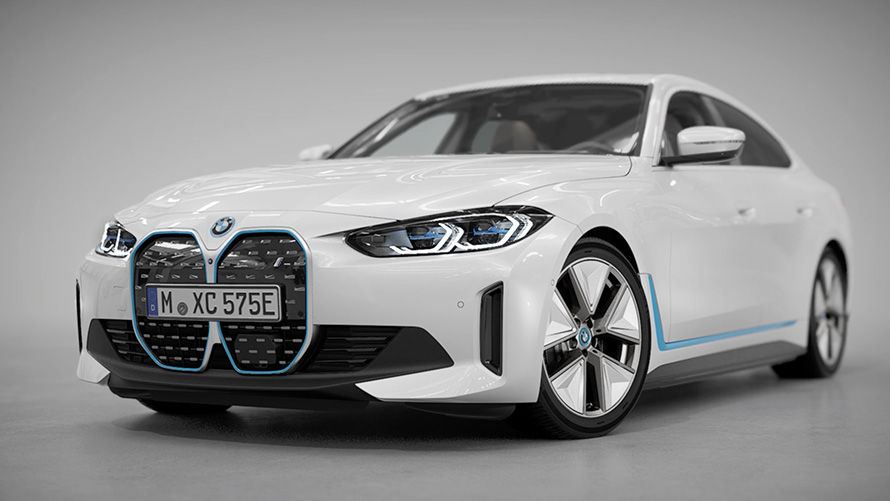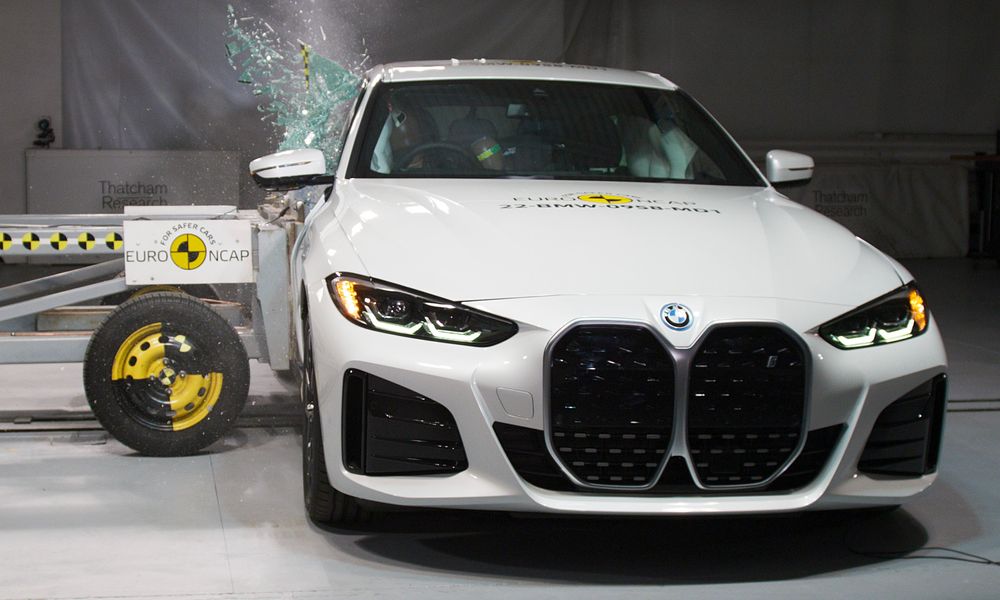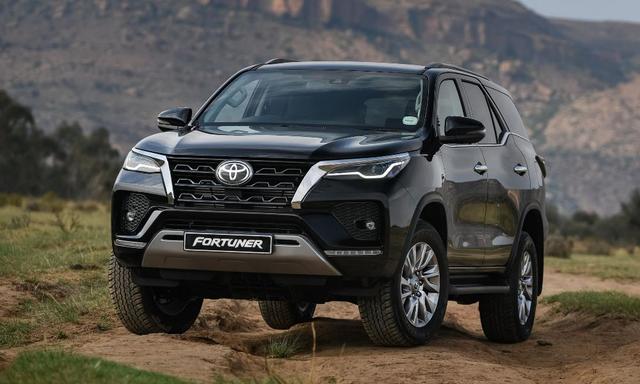

Introduction & Design
The 2025 BMW i4 presents itself as an elegant, four-door “Gran Coupe” with a sleek, aerodynamic silhouette and the signature kidney grille. For 2025, the car receives sharper front and rear fascias and available updated LED lighting, reinforcing its sporty-yet-executive vibe. The fastback hatch layout ensures the i4 doesn’t just look the part; it’s also highly practical, making boot access much easier than in a conventional sedan.
Inside, the i4 emphasizes modern luxury with premium materials, customizable ambient lighting, and a sweeping, curved digital display spanning the dashboard. The latest iDrive 8.5 infotainment system features a large high-res touchscreen, wireless Apple CarPlay/Android Auto, BMW Intelligent Personal Assistant voice controls, and over-the-air updates for future-proofness.
Front-seat space is generous and supportive, with optional perforated leather and memory functions. While rear-seat legroom is decent, the sloping roofline may compromise headroom for passengers above average height.
Performance
The 2025 i4 is available in several variants:
- eDrive40 (RWD): 335hp, 0–100km/h in 5.7s, up to 590km range (WLTP).
- xDrive40 (AWD): 396hp, 0–100km/h in 4.9s, 268–287mi (431–462km) range.
- M50 (AWD): 536hp, 0–100km/h in 3.7s, 483–520km range.
- (Some global markets list an eDrive35, but it’s less widely available for 2025.)
No matter the version, the i4 delivers classic BMW road manners: tight body control, composed ride, and strong acceleration. The xDrive and M50 use dual motors for all-wheel drive and impressive power, while the eDrive40 prioritizes efficiency but still offers a brisk driving experience9.
Battery, Range & Charging
The i4’s battery sizes range from about 70–84kWh usable, with WLTP-claimed maximum range topping out at 590km (about 367mi) for the RWD eDrive40. Even in real-world use, expect 300–340mi (480–550km) depending on driving conditions.
- DC Fast Charging: Up to 205kW, for a 10–80% top-up in just 31min; even a 50kW public charger will deliver 100km of range in about 18 min.
- Home Charging: 11kW AC wallbox, 0–100% in around 8–9 hours.
- Charging Port: Type 2/CCS II for DC fast charging compatibility.
BMW offers “Plug & Charge” and is expanding access to fast-charging networks to ease long-range travel.

Features & Technology
Inside, the i4 boasts a full suite of tech, including:
- 12.3-inch driver display, 14.9-inch infotainment—curved, unified screen
- Harman Kardon 17-speaker surround system (up-level trims)
- Wireless device chargers and keyless/digital key
- Adaptive cruise, lane-keep assist, reversing assist camera
- Adaptive LED lights, memory function seats, and panoramic sunroof options
- Practical 470-liter hatch with split-fold rear seats for versatile cargo space

Safety
The 2025 i4 continues with BMW’s advanced safety features:
- Eight airbags, ISOFIX brackets, dynamic traction and stability control
- Advanced driver assistance: active lane-keeping, adaptive cruise, lane departure warning, front collision warning with brake intervention7
- Blind-spot monitoring, 360-camera, and optional full Driving Assistance Package (in some markets)
- Expected to carry a four or five-star safety rating depending on market NCAP testing, with generally strong scores
Pricing (India & Global)
- India: ₹72.5–77.5 lakh ex-showroom
- USA: Typically starts near $57,900–$60,000, rising to $70,000+ fully optioned
- The i4 is typically not eligible for local Indian EV subsidies due to its imported status. Global pricing places it on par with many rivals but ahead of mass-market EVs like the Tesla Model 3.
Pros & Cons
| Pros | Cons |
|---|---|
| Dynamic BMW handling and brisk performance | Steep pricing compared to Tesla Model 3 |
| Excellent fit, finish, and premium tech | Rear-seat headroom tight for tall passengers |
| Long real-world range (up to 590km claimed) | Charging infrastructure still expanding in many regions |
| Fast DC charging, easy home charging | Some rivals offer higher max DC charging rates (Hyundai/Kia) |
| Smooth ride quality and quiet cabin | M50 variant’s range trails RWD versions and Tesla |
Compares with Competitors (2025 Segment)
| Model | Max Range (km) | 0–100km/h (s) | Max DC Charging | Base Price (India) | Safety (NCAP) |
|---|---|---|---|---|---|
| BMW i4 | 590 | 5.7 (eDrive) | 205kW | ₹72.5 lakh | 4–5 stars |
| Tesla Model 3 | ~629 | 4.4 | 250kW | ~₹60–70 lakh | 5 stars |
| Hyundai Ioniq 5 | ~507 | 5.1 | 350kW | ₹46.6 lakh | 5 stars |
| Kia EV6 | ~528 | 5.2 | 350kW | ₹60.9 lakh | 5 stars |
| Polestar 2 | ~551 | 4.5 | 155kW | (Not in India) | 5 stars |
Conclusion
The 2025 BMW i4 impresses with its refined driving experience, upmarket interior, and real-world range that rivals or even exceeds most competitors. Technology, comfort, and charging speed updates have kept it fresh for 2025. Its key drawbacks remain a relatively high price, slightly less enthusiastic steering feel than classic BMW sedans, and rear-seat headroom. Still, for those wanting a true luxury EV with driver focus and practicality, the i4 ranks near the top of the segment.
If comfort, premium feel, and brand cachet matter most, the i4 is among the best. Performance purists or those seeking the outright lowest price for long range may prefer the Tesla Model 3 or other competitors. But the BMW i4 holds its head high as a benchmark for luxury EV sedans in 2025.





